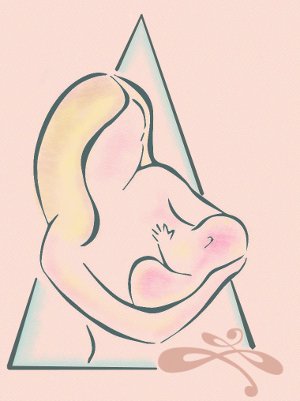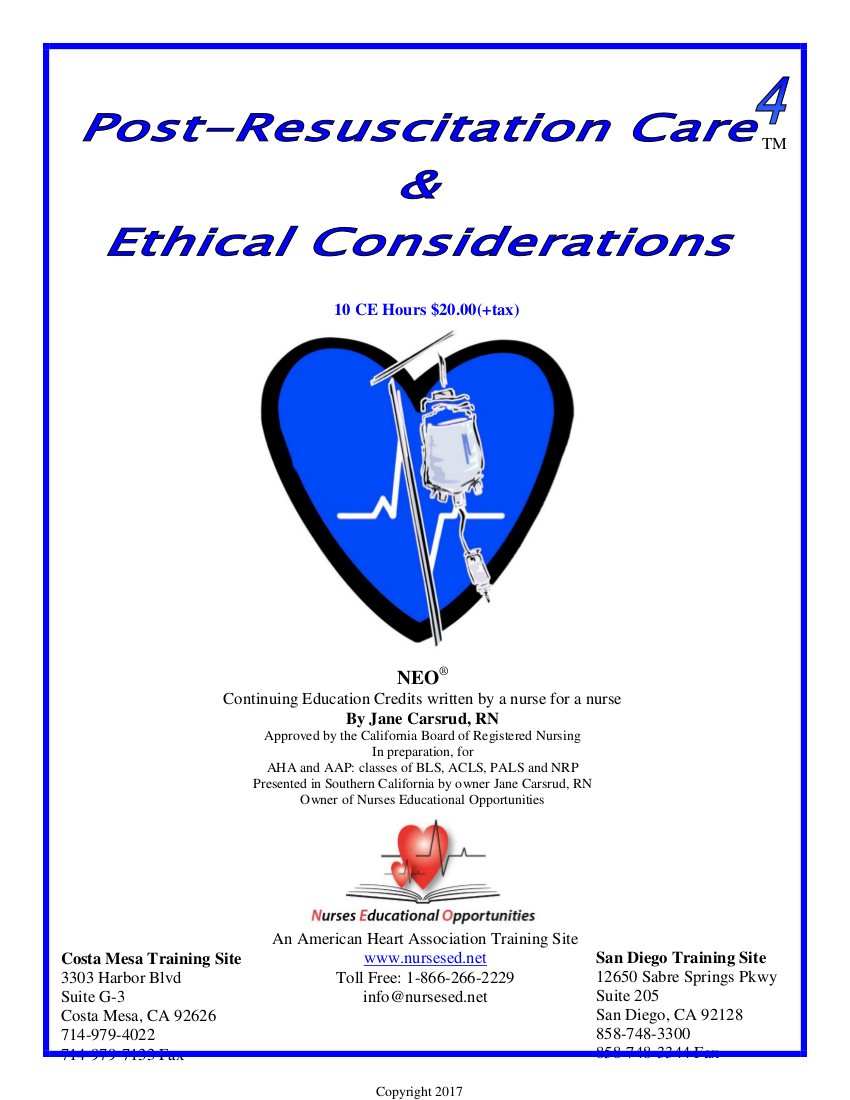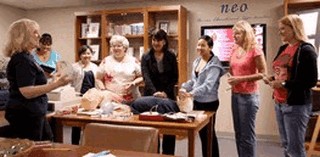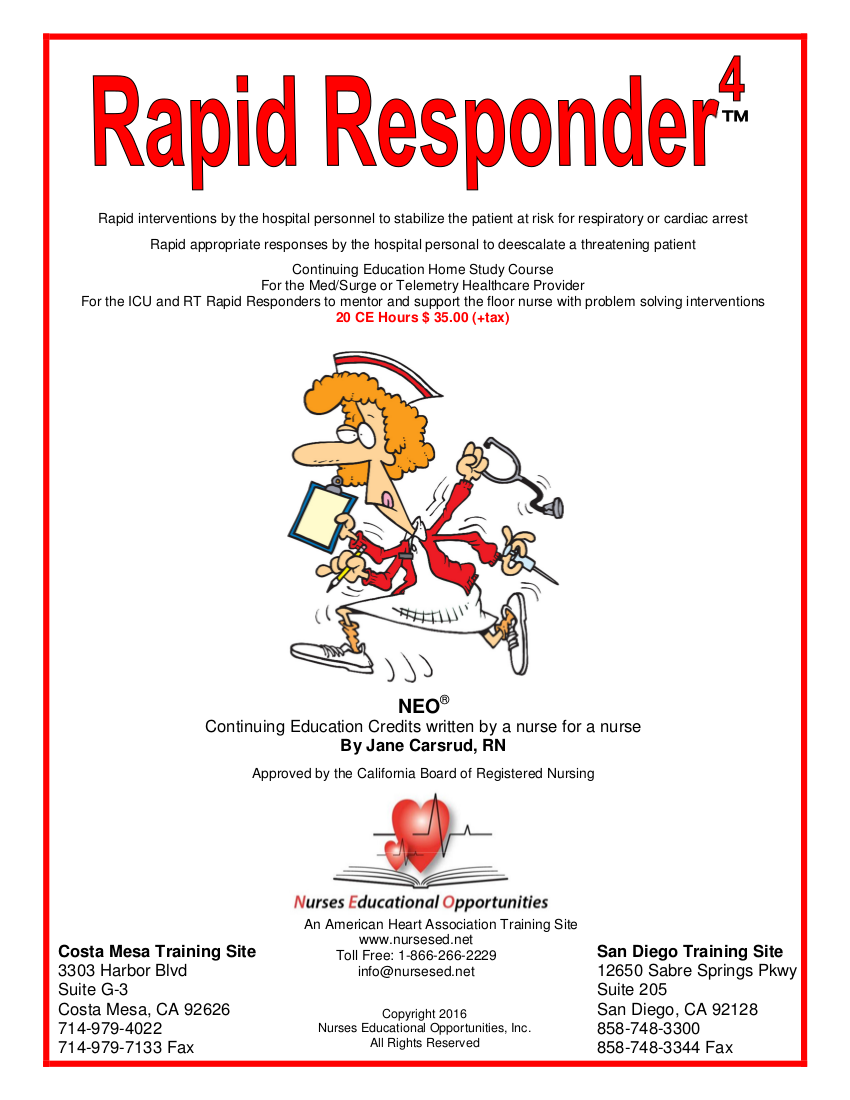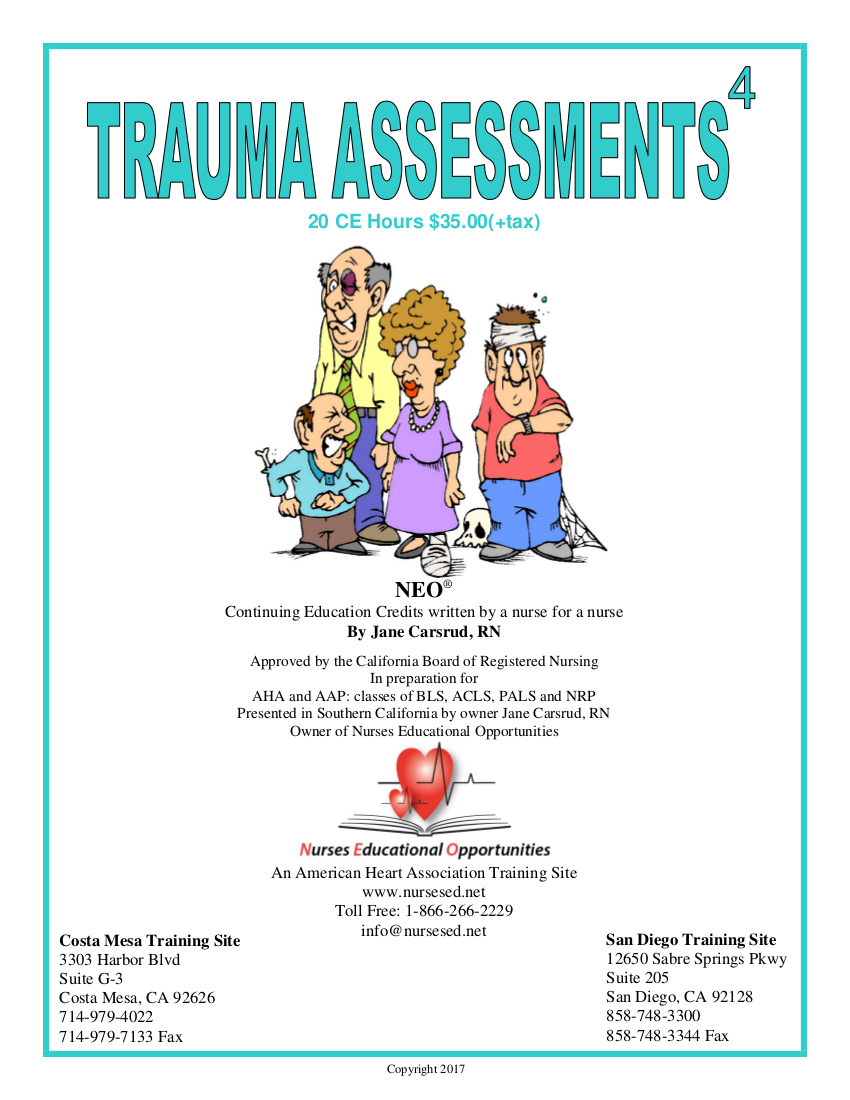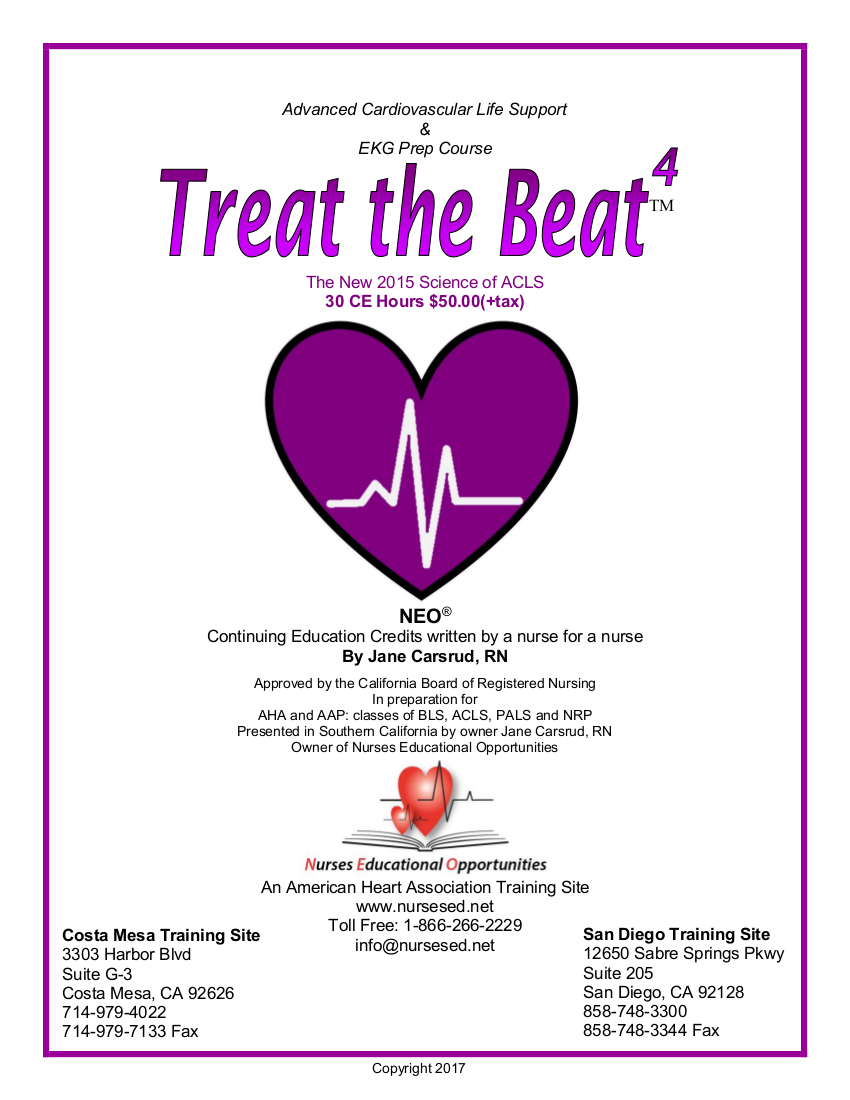
Treat the Beat to the 4th Power
Price: $54
CEs: 30 CEs
Provider approved by the California Board of Registered Nursing, Provider Number 13004 for 30 contact hours.
Recommended For:
Healthcare Professionals who need to renew their license. This Home Course will review the most recent AHA ACLS Guidelines for adult resuscitation. It’s a step-by-step guide to starting a code, initiating CPR, and designating roles. This Nurses in Emergency Department (ED), Intensive Care Unit (ICU), Labor & Delivery Care (L&D), Med/Surg/Telemetry, Outpatient Surgical Centers, Nurses, Respiratory Therapists, Medical Doctors, and other healthcare professionals.
[restabs alignment=”osc-tabs-left” pills=”nav-pills” responsive=”true” icon=”true” text=”More”] [restab title=”Description” active=”active”]
Many have studied this study guide and workbook as he or she prepared for ACLS certification or recertification. It is written to focus on the basic knowledge of ACLS. In depth knowledge of the many aspects of emergency cardiac support comes from experience and continued study. No one can learn all there is to know the first time he or she takes ACLS. Most of us don’t need to know all there is to know about Advanced Cardiovascular medicine.
For those that need a refresher course for EKG, Part One presents the essentials of EKG rhythm study. If you require extra in addition to the workbook the student may elect to attend NEO’s basic ECG interpretation class prior to the ACLS class. Arrangements can be made with your NEO instructor. The ACLS healthcare provider must be able to recognize Ventricular Fibrillation, Ventricular Tachycardia, Asystole, Bradycardia and Supraventricular Tachycardia. It is essential that the healthcare provider is able to assess the P wave, QRS complex and T wave.
In addition, you will be given the opportunity to understand the 12-lead EKG as how it relates to your patient with chest pain. You will learn how to identify a significant Q wave, determine ST-segment elevation and depression and recognize inverted or flat T waves with this study guide.
You will have the opportunity to determine the location of the infarct with the 12-lead EKG and discuss the coronary arteries that may be occluded. You will have the opportunity to determine the signs and symptoms that may occur with the various infarct locations.
Treat the Beat III will show you the difference between an Atrial Fibrillation and an Atrial Flutter and the significance of each arrhythmia.
Treat the Beat III will help you determine the difference between the first, second and third degree heart blocks and the specific interventions of each.
[/restab] [restab title=”How It Works”] It’s Easy as 1-2-3! 1. Purchase the textbook of your choice online or at one of our offices 2. Complete the evaluation sheet located in the front of the book & return it to NEO:
- OC Fax: (714) 979-7133
- SD Fax: (858) 748-3344
- Email: info@nursesed.net
3. Upon receipt of evaluation sheet, we’ll send your certificate for 30 contact hours [/restab] [restab title=”Objectives”] ACLS requires a basic knowledge of EKG interpretation. The following text is for review of the essential interpretation applicable to ACLS certification. The student will be able to:
- Identify normal and abnormal rhythms
- Identify ST segment elevation and depression
- Identify significant Q waves
- Identify abnormal QRS complexes
- Identify Bundle Branch Block
- Measure P-R interval
- Measure Heart Rate
- Have a basic knowledge of a 12 lead EKG
This understanding is a prerequisite before becoming skilled in ACLS. On completion of this course, the participant will be able to identify:
- The preferred technique to stabilize the cervical spine
- The definition of an adequate breathing
- The proper technique for bag-mask ventilation
- The definition of effective chest compressions
- The affective wave form for defibrillation in an adult patient
- 4 advantages of advanced airway placement
- 2 devices to confirm endotracheal tube placement
- 3 important caveats for rescuers performing CPR after insertion of the advanced airway
- The possible contributing factors for unsuccessful resuscitation
- The joule dose for defibrillating a ventricular fibrillation
- The possible causes for a PEA
- 3 factors that contribute to an asystole
- The goals of post resuscitation
- The possible problems that may occur in post resuscitation
- The clinical signs that strongly predict poor neurologic outcome
- The definition of unstable bradycardia
- 4 drugs to be considered in transcutaneous pacing
- 4 rhythms that are narrow-complex tachycardias
- 2 rhythms that are wide-complex tachycardia
- 1 rhythm that is narrow-complex regular tachycardia
- 2 rhythms that are narrow-complex irregular tachycardia
- 1 rhythm that is wide-complex regular tachycardia
- 1 rhythm that is wide-complex irregular tachycardia
- The intervention for a heart rate greater than 150 bpm with a patient that is unstable
- The preparation for providing synchronized cardioversion
- 2 interventions for the patient with SVT
- 1 intervention for the patient with wide-complex stable and regular tachycardia
- 2 drug interventions for the patient with wide-complex stable and regular tachycardia
- 3 goals of therapy for patients with ACS
- The critical factor that dictates the outcome of a patent with ACS
- 4 interventions for a patient with signs and symptoms of ACS
- 5 contraindications of fibrinolytic therapy
- 3 interventions for a patient that has been confirmed to be having an ACS
- The time frame recommended for treatment of ACS
- The new cardiac markers for risk identification
- 2 goals in the care of a patient with suspected stroke
- The signs and symptoms of a patient with suspected stroke
- The assessment tools that can be used to assess a patient with suspected stroke
- The definition of time zero
- The goals of transport of a patient with suspected stroke
- The immediate interventions for the patient admitted to the ED with a suspected stroke
- The treatment of a patient with ischemic stroke
- The major complications of fibrinolytic therapy for a patient treat for stroke
- The time frame of fibronolytic therapy for a patient treated with stroke
- Stroke complications that the nurse needs to be alert for.
.[/restab] [restab title=”Hear from Others”]Customer Reviews[/restab][/restabs]
[divider text=”Go to Top” icon=”1″ animation=”none” duration=”1100″]
Submit your review | |
Great course! This is such a great way of being able to do CEU's from home. Thank you!
